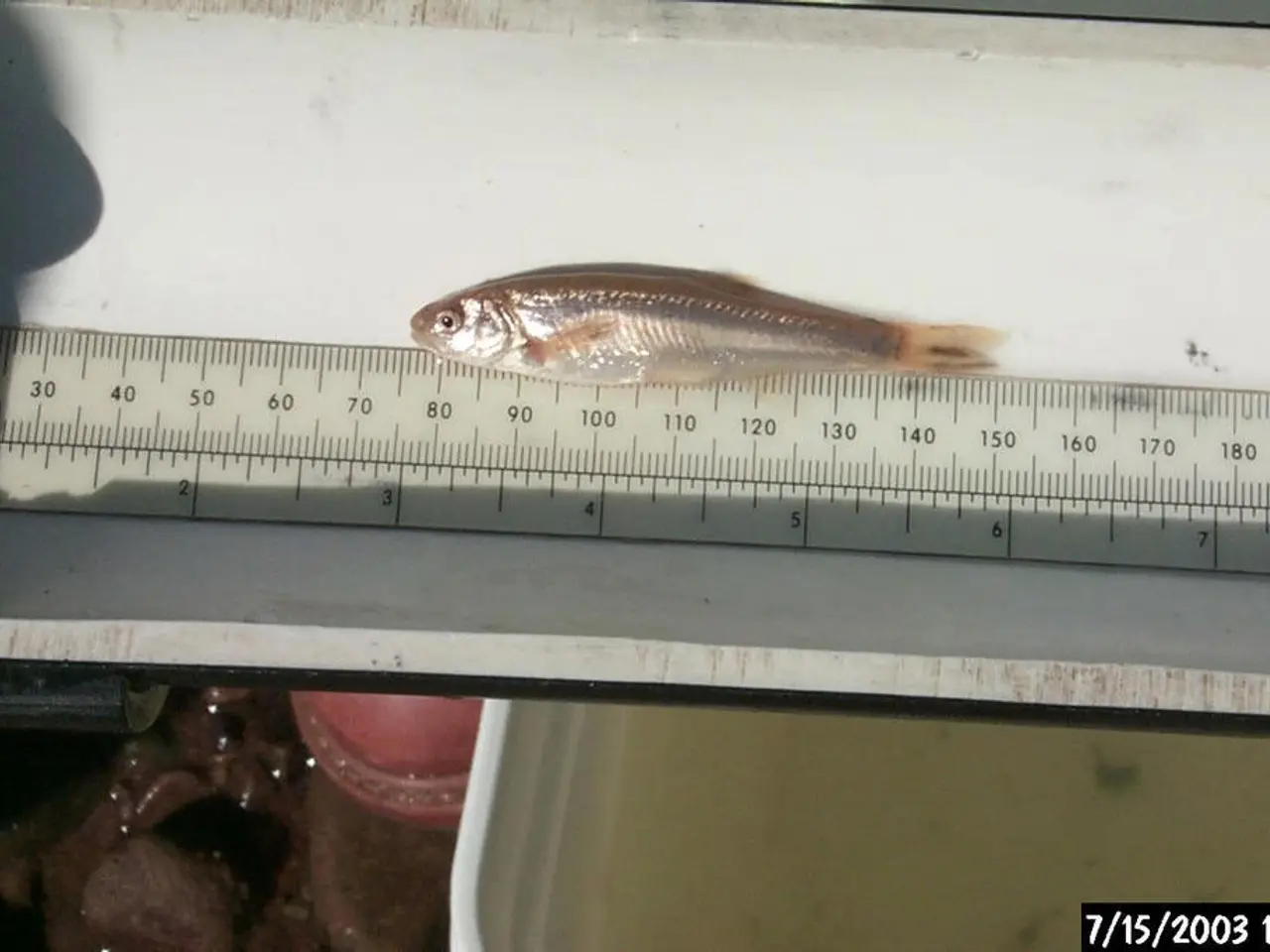Analyzing Time Series Data Using the ARIMA Model in R Language
In this article, we'll walk through the process of forecasting the next 10 values from a time series dataset using the ARIMA model in R. The ARIMA model is a popular forecasting technique that combines autoregression, differencing, and moving average components to predict future values.
**Step 1: Install and Load Necessary Libraries**
To perform Time Series Analysis using the ARIMA model in R, we'll need the `forecast` and `tseries` packages. These packages can be installed and loaded using the following commands:
```r install.packages("forecast") install.packages("tseries")
library(forecast) library(tseries) ```
**Step 2: Load and Examine Your Time Series Data**
First, import your data into R (e.g., from a CSV) and convert it into a time series object if it’s not already. Then, visually examine the data for trends and seasonality by plotting it.
```r data <- read.csv("your_data.csv") ts_data <- ts(data$Value, start=c(Year, Month), frequency=12) # for monthly data plot(ts_data) ```
**Step 3: Check Stationarity and Make Data Stationary**
Perform the Augmented Dickey-Fuller (ADF) test to check stationarity. If the series is non-stationary (p-value > 0.05), difference the data accordingly until stationarity is achieved.
```r adf.test(ts_data) diff_data <- diff(ts_data, differences = 1) plot(diff_data) adf.test(diff_data) ```
**Step 4: Identify ARIMA Model Orders (p, d, q)**
Use Autocorrelation Function (ACF) and Partial Autocorrelation Function (PACF) plots to identify the parameters p, d, and q.
```r acf(diff_data) pacf(diff_data) ```
Interpret the ACF and PACF plots to choose the number of AR terms (based on PACF cutoff), the order of differencing (already determined), and the number of MA terms (based on ACF cutoff).
**Step 5: Fit the ARIMA Model**
Use the `arima()` or `auto.arima()` functions to fit the model with the determined parameters.
```r model <- arima(ts_data, order=c(p, d, q)) # Or use auto.arima to select best p, d, q automatically auto_model <- auto.arima(ts_data) ```
Check model diagnostics (residual analysis) to ensure no pattern remains.
```r tsdiag(model) ```
**Step 6: Forecast Future Values**
Forecast the next 12 time periods using the fitted model and plot the forecasts along with the historical data and confidence intervals.
```r forecast_values <- forecast(model, h=12) plot(forecast_values) ```
For a more comprehensive understanding of ARIMA modeling, refer to Oracle’s blog on forecasting with ARIMA in R or additional references on ARIMA theory and Python examples. If needed, a sample R script implementing these steps on example data can be provided.
The ARIMA model can be used for non-seasonal time series data, while SARIMA is used when the data shows seasonality, and SARIMAX includes external factors to improve accuracy. Time series analysis is a valuable method for examining data points collected in time order to understand trends, seasonal patterns, or behaviors.
Here are the sentences containing 'data-and-cloud-computing' and 'technology' that could potentially follow from the given text:
- To store and manage large time series datasets, consider leveraging data-and-cloud-computing technology such as Amazon Web Services (AWS) S3 or Google Cloud Storage.
- In the era of big data and artificial intelligence, Time Series Analysis with the ARIMA model in R demonstrates a powerful application of technology in forecasting and predicting future trends.




